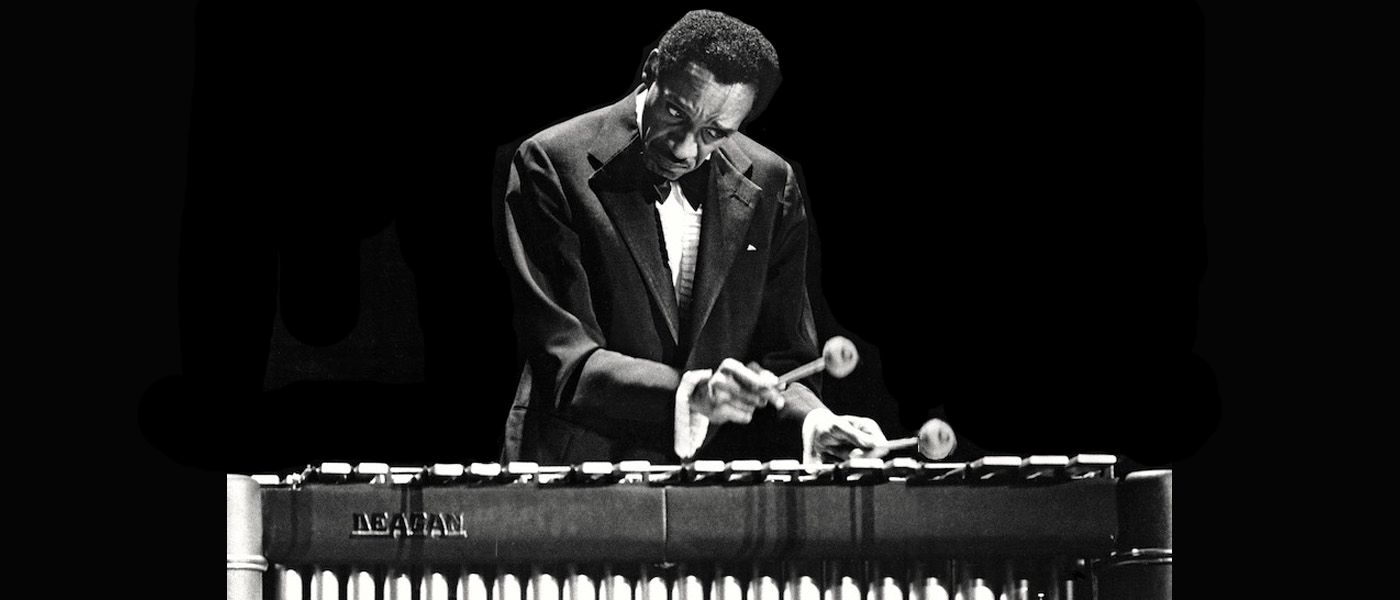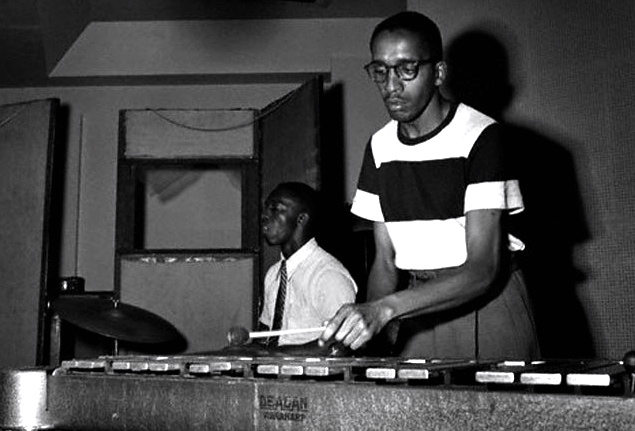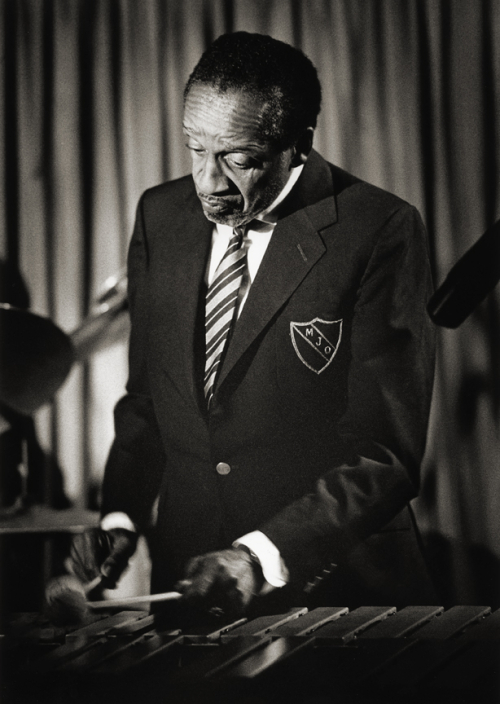

Jackson was one of the first vibraphonists to master the bop style, and is generally regarded as one of the finest performers on his instrument in the history of jazz. His improvisations exhibit great rhythmic variety, with sudden outbursts of short notes often adjoining languid, sustained phrases. He also utilizes a wide range of dynamics to highly expressive ends. His great control of rhythm and dynamics is clearest in his masterly improvisations at slow tempos, but he also has an affinity for the 12-bar blues, and has recorded many excellent blues solos.
He was one of the first vibraphonists to slow the speed of the instrument’s oscillator to about 3.3 revolutions per second (as opposed to Lionel Hampton’s vibrato spped of about 10 per second), thus warming his long notes with a subtle vibrato and avoiding the nervous shimmy on shorter notes that is heard in the work of earlier vibraphonists.
A fluent player with compelling swing who conceived in long lines of eighth and sixteenth notes, Jackson created an original style out of bebop’s advanced harmonies and irregular accenting. By manipulating his vibrato speed he achieved a unique depth and beauty of expression on the vibraphone, a traditionally “cold” instrument, adding special warmth to his playing of ballads and medium-tempo blues. Jackson brought to his musical settings a highly developed sensitivity to balance and contrast, which made much of his playing with the MJQ muted when compared with his aggressive work in his own groups.
Before Milt Jackson, there were only two major vibraphonists: Lionel Hampton and Red Norvo. Jackson soon surpassed both of them in significance and, despite the rise of other players (including Bobby Hutcherson and Gary Burton), still won the popularity polls throughout the decades. Jackson (or “Bags” as he was long called) was at the top of his field for 50 years, playing bop, blues, and ballads with equal skill and sensitivity.
